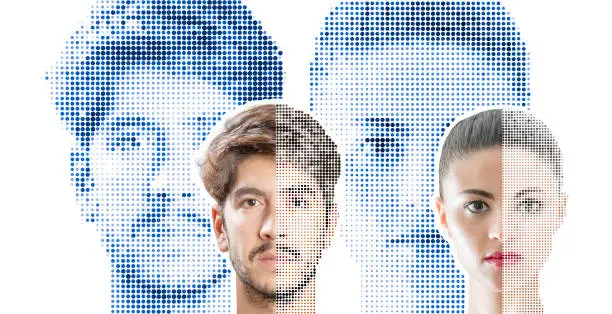Face swap technology has evolved at an incredible pace in recent years, moving beyond simple photo editing into a realm where artificial intelligence (AI) and deep learning produce realistic and high-quality results. The latest developments are making face swap pictures more accessible, accurate, and creative than ever before, catering to both casual users and professional applications.
From Basic Photo Editing to AI-Powered Swaps
Initially, face swap features were limited to basic cut-and-paste techniques in photo editing software. These methods often produced mismatched skin tones, distorted features, and unrealistic compositions. With the arrival of AI-driven algorithms, especially convolutional neural networks (CNNs) and generative adversarial networks (GANs), face swapping has taken a massive leap forward.
Modern tools can now analyze facial structures, skin textures, lighting conditions, and even subtle expressions, making face swap pictures look natural and convincing. This leap in quality has opened doors for use in entertainment, social media, and marketing.
Real-Time Face Swap on Mobile Devices
One of the biggest breakthroughs is the ability to perform face swaps in real time on mobile devices. Apps now leverage AI acceleration on smartphones, allowing users to take live selfies or videos while swapping faces instantly.
This capability is especially popular for social media filters on platforms like Instagram, Snapchat, and TikTok. The technology ensures that the swapped face adapts to movements, expressions, and camera angles without noticeable lag.
Enhanced Realism Through Deepfake Technology
While the term “deepfake” often raises concerns, the same underlying AI advancements are enhancing face swap pictures with remarkable realism. These systems use deep learning to train on thousands of facial images, enabling them to replicate not just a person’s appearance but also their micro-expressions, eye movements, and subtle shadows.
Such realism is now being used in film production to replace stunt doubles’ faces, restore old footage, or de-age actors for flashback scenes. This technique saves both time and production costs while maintaining visual authenticity.
Cross-Platform Integration and Online Tools
Face swap technology is no longer limited to standalone apps. It is now integrated into online photo editing platforms, cloud-based AI tools, and even video conferencing software. Users can upload images directly to a website, apply a face swap with a few clicks, and download the results without needing advanced editing skills.
Some tools also support cross-platform syncing, meaning you can start editing a face swap picture on your smartphone and continue refining it on your desktop. This flexibility appeals to both casual hobbyists and professional content creators.
Creative and Commercial Applications
Beyond personal entertainment, face swap pictures have found applications in multiple industries. Marketing teams use them to create diverse advertising visuals without organizing expensive photoshoots. Educational institutions employ them in historical reconstructions, allowing students to visualize themselves as historical figures.
In the fashion industry, customers can try on clothes virtually with their own face, creating a more personalized shopping experience. Artists and photographers are also embracing face swap tools to produce surreal and imaginative compositions.
Ethical Considerations and Detection Tools
As the technology becomes more powerful, concerns about misuse grow. Altered face swap pictures can spread misinformation or be used without consent, raising ethical and legal issues. In response, AI researchers are developing detection tools that can identify whether an image has been manipulated.
Major platforms are also introducing content labeling to indicate when a photo or video includes face-swapped elements. These measures aim to balance creativity with responsibility.
The Future of Face Swap Technology
Looking ahead, the future promises even more immersive and interactive experiences. Augmented reality (AR) headsets may soon allow users to swap faces seamlessly in live conversations, and improved AI models will produce even more accurate results with less training data.
Face swap technology will likely become a standard creative tool, much like photo filters are today, with applications ranging from personal fun to professional storytelling. As long as ethical safeguards keep pace with innovation, the possibilities for face swap pictures remain virtually limitless.

